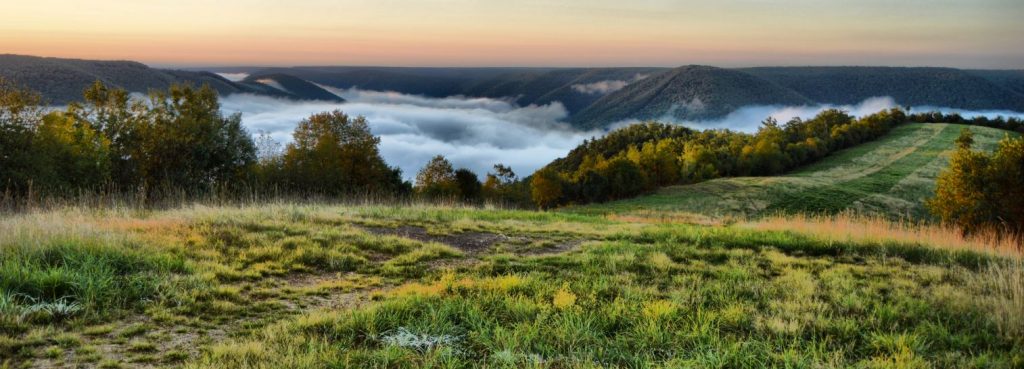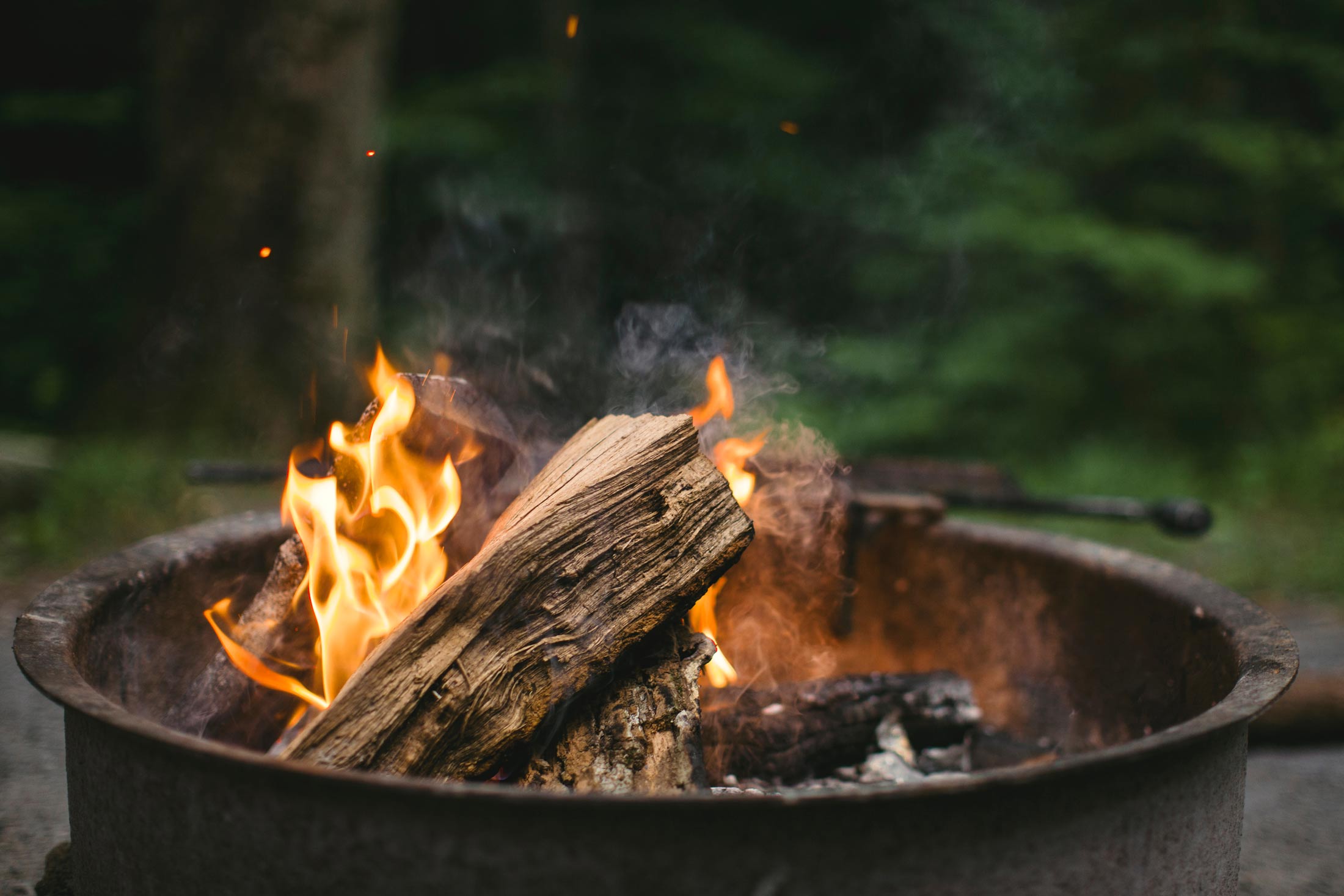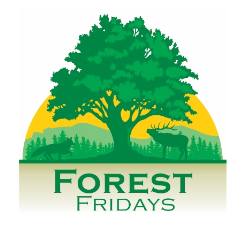Springtime: A Time of Renewal and Fire in the Forest
By Jim Hyland
Once again, man and beast alike are contemplating the coming spring. Optimistic farmers busily prepare the warming soil for new seed. Homemakers rid their rooms of the furnace dust and stale air accumulated since Indian summer’s last warm breeze passed over the sills. Changes are also afoot for the beasts; male ruffed grouse are cautiously choosing drumming logs while rattlesnakes begin to slink from their rocky lairs.
Although all creatures react to the onset of spring a little differently, one common theme persists: spring is a time of renewal. Ancient Europeans paid homage to “Eostre,” the goddess of fertility, by offering colored bird’s eggs and woven nests on the morning of the vernal equinox, the first day of spring. Eostre was thought to take the form of a white rabbit, her patron animal. Do bird’s eggs, Eostre, and white rabbits sound familiar? Christians later gave the name Easter (after Eostre) to the celebration of the resurrection of Jesus Christ, annually taking place on the first Sunday after the first full moon and vernal equinox.
This year the vernal equinox will occur on Wednesday, March 20th at 5:58 PM. Scientifically, the length of day and night become equal as the sun reaches a celestial position directly above the equator (0 degrees latitude). Ancient cultures were well-aware of these celestial milestones, and often built structures to mark their positions. Stonehenge and the Sphinx are familiar examples.

Spring is also fire season. The increasingly potent sun dries the forest floor, which is without the protective shade of the summer leaf canopy. Persistent spring winds fluff up and further dry last autumn’s leaves, especially with little snow cover. Periods of drought can make the situation explosive.
In many ecosystems, naturally occurring forest fires are as welcome, in Mother Nature’s eyes, as sun and rain. In fact, many species of conifers need fire to release seed from their cones. Consider the lodgepole pine forests of the American West. Following a fire hot enough to open their cones, they can release ten years of accumulated seed (over 500,000 seeds per acre!) For eastern deciduous forests, naturally occurring fires are not nearly as common as in the arid, coniferous forests of the West. The resin in evergreen needles is highly flammable. Also, our lightning storms here are almost always accompanied by heavy rain, where in the West, rain evaporates as it falls through the extremely dry air, producing “dry” lightning storms.
Fire, however, has played a role historically in the evolution of our oak-dominated forests. Long before European settlement, Native Americans used fire to clear the forest of unwanted brush, maybe to see their enemies approach, and to drive game. And in the absence of a steel axe, what better way to fell a large tree than to build a fire beneath it and burn it down? Consequently, wildfires did occur in the east, and major beneficiaries were the oaks. Acorns germinate best when leaf litter is minimal, and especially in the presence of nutrient-rich wood ash– exactly the conditions resulting from low-impact forest fires. By 1900, aggressive logging practices had almost totally deforested Penn’s Woods. The whitetail deer’s virtual elimination due to market hunting, combined with frequent forest fires (caused this time by spark-spewing locomotives) is thought to have been a recipe for the vast oak forests we enjoy today. Foresters often find oak forests difficult to regenerate due to our inability to re-create the exact conditions with which they were created. We hesitate to use fire the way native peoples did, although prescribed fire is becoming increasingly accepted. Years of excluding fire from the ecosystem has produced heavy fuel loads, and if ignited during the right weather conditions, can place lives and homes in jeopardy.
Nationwide, the swelling human population has moved into the forest, and more forests are being cleared for human habitation. It’s called the wildland/urban interface, and the political pulse associated with it prompts foresters and fire companies to fight all forest fires aggressively, regardless of the potential benefit to our ecosystems.
While enjoying your favorite rite-of-spring, whether it be hunting morels or turkeys, fishing or canoeing; please keep in mind the fire danger that exists as the earth revolves into its spring position and the forests prepare for renewal. As surely as the vernal equinox will come, fire will kindle somewhere in Pennsylvania’s forests.

About the Author: A native of Shenandoah, Schuylkill County, Jim Hyland started his career with the Bureau of Forestry as a Penn State University intern in the Rothrock State Forest District, Centre County. After earning his degree in Forest Management, he began working as a forester in Tiadaghton State Forest District, Lycoming County. He later served as Tiadaghton Assistant District Manager, and then spent 11 years as a Forest Program Specialist with the Bureau’s Division of Operations and Recreation, with emphasis on the Pennsylvania Wilds. In 2018, Hyland was appointed manager of the Tioga State Forest District, based in Tioga County. Active with the Bureau’s History Committee, Hyland has a love of writing and has penned many articles for local newspapers and DCNR publications documenting the lore of north central Pennsylvania and his native coal region, among other topics. This article of Hyland’s originally appeared in the Bureau of Forestry’s “Forest Fridays” e-newsletter.




Lovely piece! Thank you!